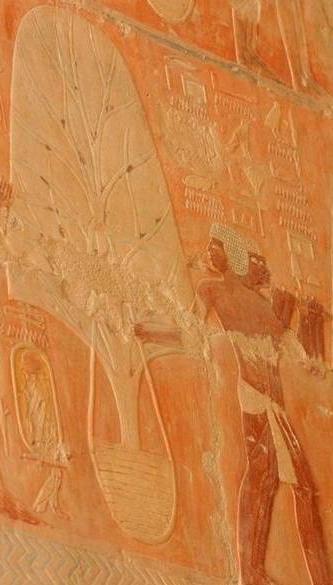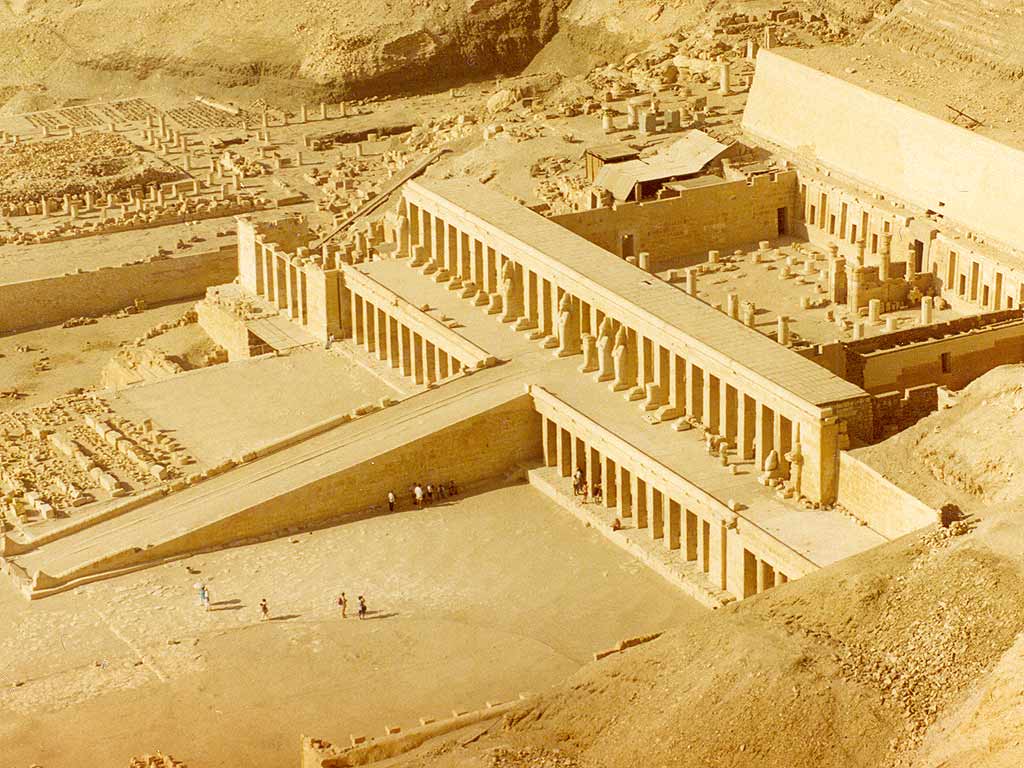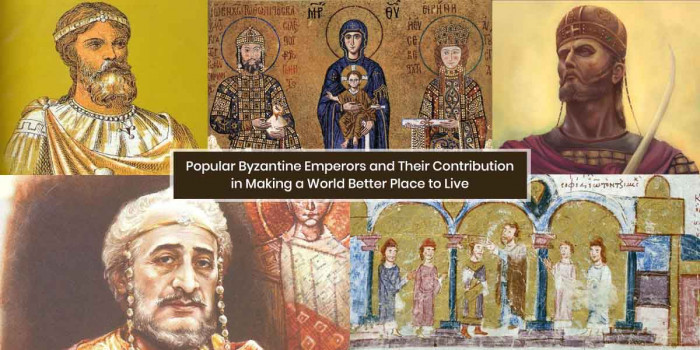Queen Hatshepsut: The Second Female Pharaoh of Ancient Egypt
Dressed as a king, Queen Hatshepsut was the second female pharaoh of ancient Egypt. One of the significant buildings commissioned by her was Djeser-Djeseru at Deir el-Bahri.

Queen Hatshepsut was the fifth pharaoh of the ancient Eighteenth Dynasty of Egypt. Historically, she was the second female pharaoh of ancient Egypt. Egyptologist James Henry Breasted also called Queen Hatshepsut "the first great woman in the history of whom we are informed.”
Hatshepsut was born to Pharaoh Thutmose I and Ahmose. Married to her half-brother Thutmose II, they had a daughter named Neferure.
Hatshepsut’s Elevation to Pharaoh & More Than 20-Year-Long Glorious Reign
Due to the early death of the fourth Pharaoh Thutmose II, Hatshepsut was officially declared as the regent as his son Thutmose III was just about 2 years old. From her reign of over 20 years during 1478-58 BCE, she led many prominent building projects and trading expeditions.
Later on, she took up a full throne name and her statues and paintings were created depicting her as a male king, as was the bizarre tradition of ancient Egypt.
During Her 9th Year of Reign, She Made a Notable Trading Expedition to the Land of Punt

Land of Punt, a trading network that was disrupted earlier, was re-established by Hatshepsut that brought prosperity in the 18th century. Around the 9th year of her reign, Hatshepsut set out on this trading expedition.
Supposedly, there were 5 ships in her name that harbored 210 men including several sailors and 30 rowers. Frankincense and myrrh were the notable trade goods among many others bought in Punt.
The First Attempt to Transplant Foreign Trees was Recorded During Her Reign

The Egyptian envoys of Hatshepsut came back with 31 myrrh trees whose roots were carefully kept in baskets during the sea voyage. And by records, it is the first endeavor of transplanting foreign trees. As is known, these trees were planted in the courts of her mortuary temple. Also, Hatshepsut grond the charred frankincense into kohl eyeliner. And this is the first recorded use of the resin.
Queen Hatshepsut Was one of the Most Prolific Builders of Ancient Egypt

As pharaoh, she commissioned several building projects, and one of the most recognized ones was Djeser-Djeseru, an enormous temple at Deir-el-Bahri. Employing the greatest of architects, the construction of the Temple of Karnak and restoration of Precinct of Mut took place during her reign. Another most prominent accomplishment during her reign was an expedition authorized by her that included gold, ivory, and ebony. (1.1)
Hatshepsut’s Temple “Djeser-Djeseru” is One of the Incomparable Monuments of Ancient Egypt

The Mortuary Temple of Hatshepsut or Djeser-Djeseru ("Holy of Holies") is regarded as a paradigm of Classical architecture in Egypt. It marked a turning point in the architecture of ancient Egypt.
Queen Hatshepsut Has Been Called the Most Accomplished Pharaoh by Egyptologists

She is regarded by Egyptologists as one of the most successful pharaohs, reigning longer than any other woman of an indigenous Egyptian dynasty. As a pharaoh, she assumed all of the regalia including Khat headcloth, a traditional false beard, and shendyt kilt.
She was depicted in several official artworks such as those at the Metropolitan Museum of Art. In those depictions, she donned a tight-fitting dress and the nemes crown that was apparently the accurate representation of how she appeared at the court.
Popular Posts
Top 10 Sharpest & Deadliest Swords In History
In classic mythological movies, books and television, we’ve seen those audacious sword-wielding heroes smiting the enemi...
Augustus Perez
List of Water Deities from Different Mythologies
Water deities are the gods and goddesses who had the powers to control the elements of water and ruled over all the fresh and saltwater of the earth. Here’s a list of water deities from different mythologies.
Rishika Gupta
Winged Lion: The Terrifying Mythical Creature In Different Mythologies
A mythological creature, a winged lion dates back to ancient times. This flying lion-like creature has origins in Heraldry, Christianity, Mesopotamian, and Greek mythologies.
Ethan Stephans








